|
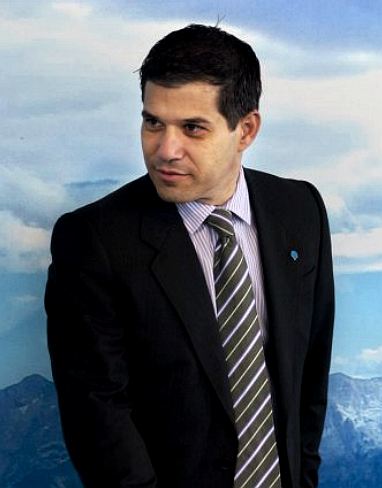
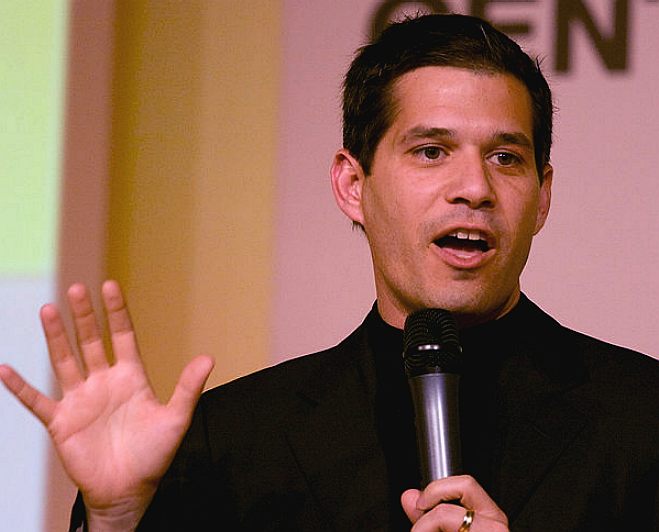
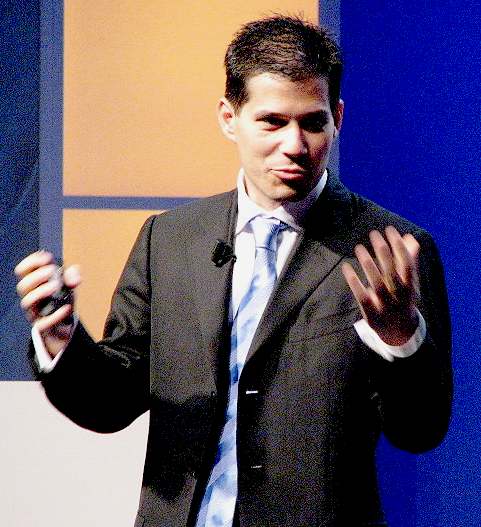
Bold
entrepreneur - Shai
Agassi
SYNOPSIS
Any
system that offers near instant recharging of ZEVs is a step in the right
direction. How to get there without asking drivers to place their bets in
casino fashion is another matter. In our opinion the Better Place system
was a risky venture in the latter category. A bold effort nevertheless.
Flexibility
and future proofing are the tools for eventual graduation to smart cities
of the future. Shai should have been looking for the means to go from (A)
ordinary park and charge cars, to (B) cars that could use a service
station for cartridge exchange.
Then
there is the matter of how to persuade vendors to put in service stations
and that really all depends on cost and demand. Therefore, you should be
looking to build up demand before vendors' accountant's realize that a
service station will save them money - and so be banging on your door. As
such, a service station should perhaps be a flat pack to keep costs down.
Then
there are the energy providers and car makers. The only way to entice such
behemoths to change, is to leave them in the dust by example. That then
leaves only the SMEs to beat a path to utopia - because the larger a
corporation, the more they have to think about profits today from what
they have today.
SHAI
AGASSI
Shai Agassi (born April 19, 1968) is an Israeli entrepreneur. He was the founder and former CEO of Better Place, which had developed a model and infrastructure for employing electric cars as an alternative to fossil fuel technology and which declared bankruptcy in May 2013 after expending USD $850 million in capital.
Agassi was President of the Products and Technology Group (PTG) at SAP AG. In 2003, at the age of 36, Agassi was named one of the top 20 'Global Influentials for 2003' by CNN-Time magazine. In 2009, Agassi was included in TIME magazine's 100 most influential people list. In 2010, Foreign Policy magazine included Agassi on its annual list of the 100 most influential global thinkers.
TOP TIER SOFTWARE
After graduating from Technion - Israel Institute of Technology, Agassi set out as a software entrepreneur. He founded TopTier Software (originally called Quicksoft Development) in Israel in 1992 and later moved the company's headquarters to California. Agassi served the company in various capacities including chairman, chief technology officer, and then CEO. He was directly involved in all critical phases of the company's development, including its strategic plan, technical direction and financing, management of two acquisitions, and negotiation of OEM agreements with companies such as SAP, Baan, and Microsoft. TopTier was a leading enterprise portal vendor when SAP acquired the company in April 2001 at a price of $400 million USD.
In addition to TopTier Software, Agassi co-founded several other companies with his father, Reuven Agassi, including Quicksoft Ltd., a leading multimedia software localization and distribution company in the Israeli market; TopManage, a developer of small business software that was also acquired by SAP in April 2002 (which became SAP Business One, the small business offering by SAP); and Quicksoft Media, a multimedia production company that ceased operations in 1995.
FOR BETTER OR WORSE
In January 2008, the Israeli government announced its support for a broad effort to promote the use of electric cars, embracing a joint venture between Better Place, Renault and its partner, Nissan Motor Company. Renault and Better Place were to work on the development of electric cars which could be powered by exchangeable batteries.
Agassi initially raised $200M for this project, one of the largest and fastest seed rounds in
history. Investors included VantagePoint Venture Partners, Israel Corporation, Israel Cleantech Ventures,
Morgan Stanley, and private investors led by Michael Granoff of Maniv
Energy Capital. In 2009 he raised an additional $135 million for Better Place Denmark, including an investment from DONG Energy, the leading utility in Denmark. Following the announcement in Israel, Better Place had launched its network in Denmark,
Australia and in two
US locations - Hawaii and Northern California. The company said it was in talks with more than 25 countries around the world. In early 2010, Better Place raised its Series-B round at an amount of $350MM led by new investors from HSBC, Morgan Stanley and Lazard, as well as all previous investors. In November 2011, the company raised its third equity financing round of $200 million from a group of investors including GE, UBS bank and others. The last round's valuation of $2.25B was one of the highest valuations for pre-revenue companies in
history.
In April 2008, Deutsche Bank analysts reportedly concluded that the company's approach could be a "paradigm shift" that caused "massive disruption" to the auto industry, and which had "the potential to eliminate the gasoline engine altogether." On 1 December 2010, American television talk show host Charlie Rose interviewed Agassi about his plans.
On May 26 2012, Better Place announced that all its money is gone. Agassi resigned his position as CEO of Better Place in October 2012, as a result of rumored differences of opinion with Israel Corp, the largest shareholder in Better Place.
Without the driving force that was Shai Agassi, it is surprising that it
took until the 26 of May 2013, before Better Place filed for bankruptcy in the Israeli courts.

TRUCKS
& BUSES - One
size battery cartridge fits all. These low cost flatpack stations
also service vans and cars, while they provide load
leveling mobility
security. As an
aid to the electrification of cities for bus
based public transport, stations like these would avoid the need to
install thousands of individual charging points, meaning that 2030 climate
change targets might be met. The Better Place system focused on one make
of vehicle, missing out on the opportunity to recharge buses and trucks,
where diesel exhausts in cities are killers - a powerful selling feature.
BETTER
PLACE SYNOPSIS
Better Place had a visionary idea, but not the chops to pull it off. Here is what
happened - and why the concept still stands a good chance of being carried through, only by someone else.
It started with the right founder
Five years ago, Shai Agassi turned up amid a small pantheon of celebrity technologists who seemed to be leading the way to a new electric age. Along with Tesla’s Elon Musk and A123’s Yet-Ming Chiang, Agassi seemed to have the panache that, in addition to timing, luck and a first-rate product, often moves a new technology from mere coolness to wild popularity.
Until then, Agassi’s claim to fame was that, in 2001, he had sold his Silicon Valley company, which made useful but unexciting information-management software for companies, for $397 million. Now, he proposed a solution to “range anxiety,” the outsized malady afflicting potential electric-car buyers. Faced with the prospect of running out of juice at an inconvenient moment, motorists had spurned dozens of electrified models launched in recent years by Detroit, Europe, Japan and China.
Agassi rejected the main proposed remedy to the condition - that scientists get back to the bench and create a battery that lasts a lot longer and costs a lot less. Instead, he said, one merely needed to make batteries as convenient as gasoline.
Which brought Agassi to the swapping
station - a network of automated pitstops that, in a mere three
minutes, or about the same time required to fill up a car with gasoline, would replace an exhausted battery with a charged one. In one fell swoop, a large new generation of drivers would be corralled into quiet, clean electric cars, now equipped with the allure of effectively limitless distance. The idea seemed especially well-suited for compact countries such as Israel and Denmark, along with dense cities in the US and Australia.
That he would succeed seemed self-evident. For one thing, Agassi’s idea seemed to align with technological history, in which entrepreneurs first engage in brutal competition over whose version of a breakthrough is superior, before one of them becomes the standard. Think of how the upstart Ford Model T put away electric cars for good; silicon chips triumphed over germanium; and the app-packed smartphone rendered the BlackBerry ho-hum.
In Agassi’s version, carmakers would agree to produce
electric vehicles equipped with standard battery ports that accepted a standard battery pack. Agassi’s company would sell such cars
cheaply - or even give them away - and earn its money off of the electricity, much as cellphone providers discount or give away the hardware and sell minutes.
The idea caught fire with serious investors such as HSBC, Lazard, General Electric, Morgan Stanley and Israeli
billionaire Idan Ofer, who gave Agassi $850 million in funding. Renault’s Carlos Ghosn climbed aboard by outfitting a $38,000 Fluence to carry Agassi’s swappable battery, and promising to build 100,000 of them. Wrapping up the whole story, the best-selling book Startup Nation wove Agassi’s venture into that of plucky Israel itself.

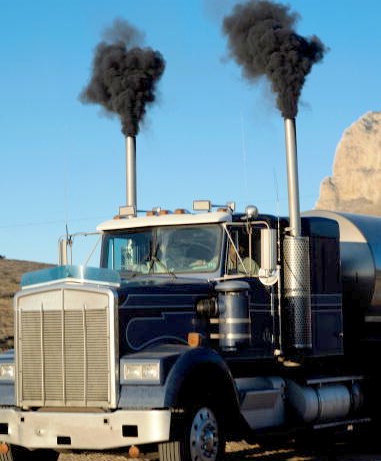
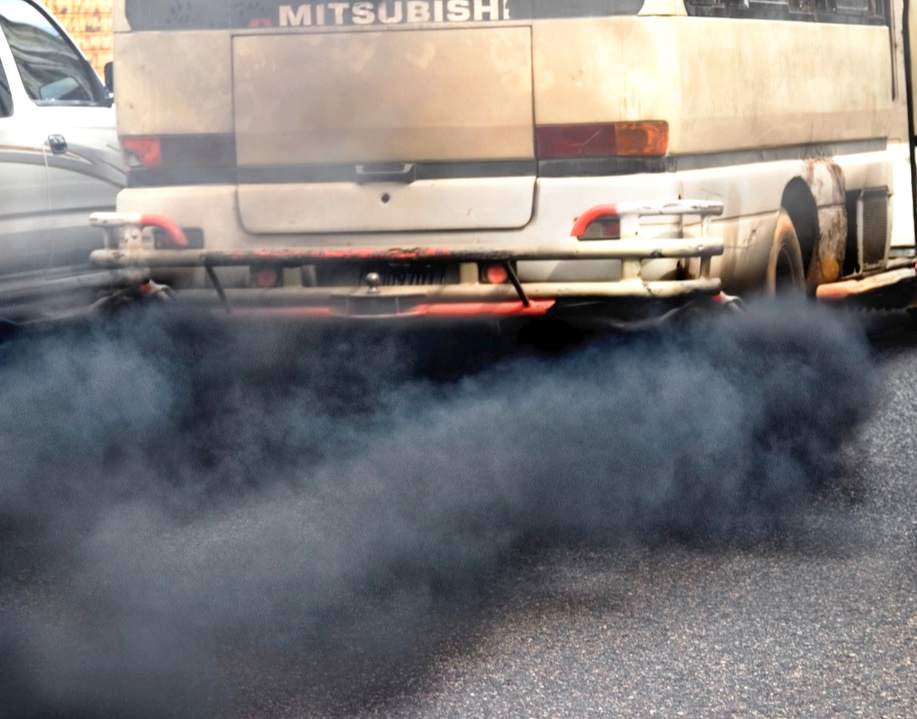
CANCER
- Many of the compounds released during burning of hydrocarbons are associated with
cancer and often cause short irritation of the respiratory tract and eyes.
Motor vehicle emissions contribute to air pollution and are a major ingredient in the creation of smog in some large cities. A 2013 study by MIT indicates that 53,000 early deaths occur per year in the United States alone because of vehicle emissions. According to another study from the same university, traffic fumes alone cause the death of 5,000 people every year just in the United Kingdom.
BUT
THINGS WENT WRONG
The post-mortems we read (like this one) make Agassi sound like a chimerical operator with a thin hold on reality. But read this 2008 profile in Wired, and you see a different picture
- of a systematic and holistic pursuit of a prodigious commercial challenge, starting with indefatigable political lobbying, a campaign to persuade car company executives to produce swappable models, and the recruitment of top technical hands to create software from scratch.
Still, it wasn’t enough. John Voelcker, editor of Green Car Reports,
said that Agassi missed important lobbying steps in Israel, his test market. Israel is an unusual place to sell cars, in that half of all new car sales are to fleet owners such as businesses, which provide the vehicles as a perk to their employees. If successful, Agassi’s strategy would have seriously dented the income stream of competing carmakers, and, more importantly, car leasing companies that would lose business to
Better
Place.
Since employees themselves don’t pay for gasoline, Agassi needed to entice the leasing companies to his side. Instead, they by and large refused to buy his
cars - in all, only about 500 of the electric Renaults were sold in the country. There was not just the irritation over Agassi’s perceived attempt to make the leasing companies obsolete, but, even if they did buy his cars, a skepticism about the economics: Would the Fluence hold its value? Would the electric bargain truly pay off in customers?
Incumbent carmakers, too, proved obstinate. For the purposes of scale and variety of choice, Agassi needed a number of them to offer up swappable models, and a Deutsche Bank analyst told clients in a note that he expected carmakers to pile in. Daimler’s CEO at the time, Dieter Zetsche, confirmed publicly that he was talking to Better Place.
But, for reasons similar to the leasing companies, they didn’t pile in: What was their economic upside in handing over the electric drive train to Agassi? Renault’s Ghosn remained Better Place’s sole industry partner, and he offered only a single model–the Fluence.
There were other mis-steps. Agassi figured that Israelis would flock to a cleaner future, as he himself had. But a lot of Israeli drivers simply don’t embrace environmentalism, one local writer said.
They care most about reaching their destination fast, and display an:
“indifference … to emissions and pollution.”
Israeli president Shimon Peres hailed Better Place, and the Knesset approved tax incentives favoring the system. But Agassi failed to win enough support from lower-ranking bureaucrats, some of whom held up permits to build swapping infrastructure.
Agassi had also promised to undercut the price of gasoline-propelled cars. But he
didn’t - the Fluence cost about the same as equivalent gas-driven rivals, and the electricity rates he charged shaved just 20% off the cost of fuel. It was a mind-boggling, miserly strategy.
Such pricing regime may have succeeded with the promise of reductions
after investment recovery.
Some analysts have suggested that a fatal blow to Better Place’s approach was the emergence of a competing technology: fast-charging stations, 480-volt systems that can restore 80% of an electric car’s battery in a half-hour. (The standard chargers take several hours.) These are what Tesla is banking on. It has opened six stations offering such charge-ups in California, Milford, Connecticut, and Wilmington, Delaware. On May 30, Tesla said that by the end of June it will offer 16 more along the US west coast, in Colorado, Illinois and Texas, and within a year or so will install them at regular intervals across the country. Toby Procter, an analyst with Trend Tracker,
is quoted as saying that fast-charging stations: “look capable of rivaling the convenience aspect of battery-swaps.”
That may have been true of a 3 minute swap, but with 10-30 seconds
change-outs on the cards (without battery degradation) the gap is wider
than ever.
We doubt that Agassi lost many sales on the grounds of fast-charging. Even half an hour’s charging time is a considerable inconvenience. Three minutes to swap batteries is trivial. It wasn’t the concept of fast-charging that killed Better Place, but the tyranny of the details; there was simply little room for error.
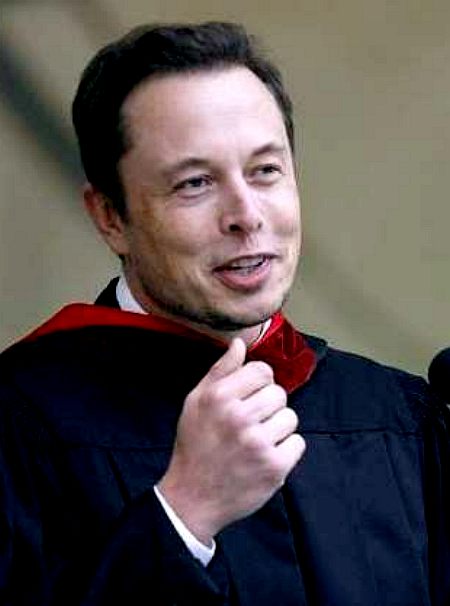
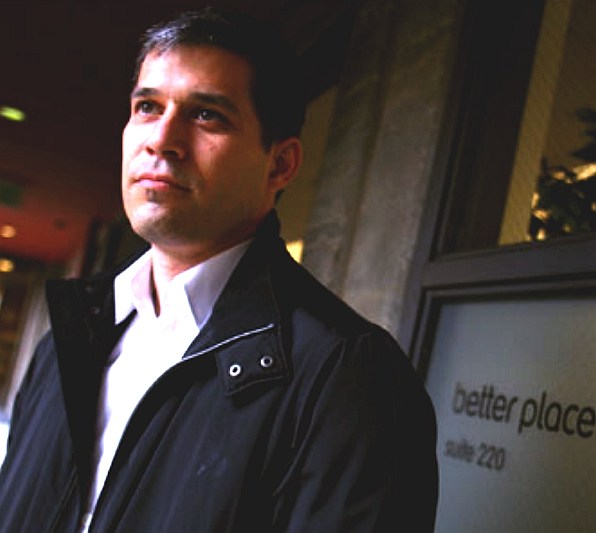
LEFT:
Elon Musk takes up the baton with Tesla cartridge exchanges in the 90 second
region. RIGHT: Shai Agassi - Elegies for high-profile tech startups typically depict their failure as oh-so-predictable. So it is with Better Place, an electric-car venture on which some of Wall Street’s most seasoned hands lost a spectacular $812 million. But it is worth pausing over this Israeli company, which offered a devilishly practical remedy for the troubled electric industry, only to be hobbled by incomplete execution, tenacious incumbents and newer technology.
THE PIONEER RARELY WINS - EXCEPT IN THE MOVIES
Of the original electric celebrity pantheon, Musk is the last man standing. Chiang’s A123 went bankrupt,
too - it is now the hands of China’s Wanxiang Group. Some suggest that Musk may need to become more practical if he wants to avoid the dust heap as well. Yet shares in
Tesla have soared a whopping 104% in May, forcing a stampede of skeptical short-sellers out of the stock at a loss.
Better Place appears to have no chance of resurrection. On its home turf, critics have been unsentimental. “Where did all the money go?” asked the Jerusalem Post. Haaretz simply wrote, in so many words, I told you so. Though Agassi has not yet commented publicly, some insider post-mortems have echoed what we already know: former CEO Evan Thornley, who followed Agassi but then stepped down four months later, said the company had sound technology and strategy, but executed poorly.
Yet what stands out is not the flaws of a single company - no business can claim perfect execution—but that the electric-car industry is still in the pre-shakeout stage. This is the period in the new-technology business cycle in which competing players refuse to accept that dozens of different sizes, shapes and chemical compositions of batteries cannot survive. The rules state that products tend toward
standardization.
Voelcker, the Green Car Reports editor, told me that carmakers regard their battery packs as core intellectual property, and hence will refuse to standardize “any time soon.” The main thing allowing them to persist in this stubborn posture is that their principal enabling
technology - the batteries within those packs - is not yet sufficiently advanced. No current battery chemistry is good enough to fully relieve range anxiety, and none seems likely to break through any time soon.
Thus we still need cartridge exchange, but we need it in a different way.
Until a meaningful battery breakthrough is made, swapping remains a valid idea. Since Agassi identified the market, others have piled in, such as
Slovakia’s
GreenWay, which is building cheap charging stations for delivery vans. If GreenWay succeeds, it will demonstrate another rule of the new-technology business cycle, which is that a concept’s pioneer isn’t necessarily the one who enjoys its profitable fruition.
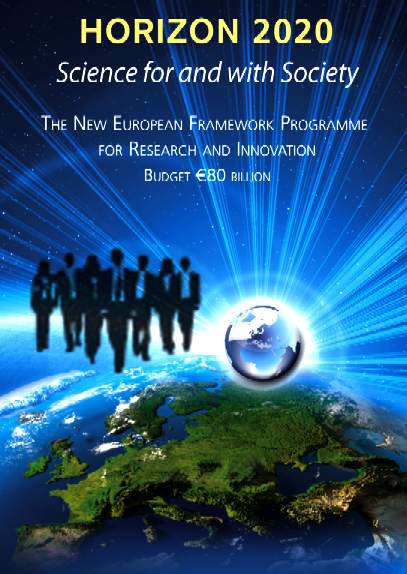
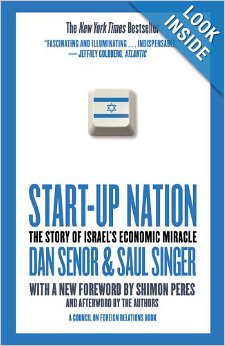
START-UP NATION addresses the trillion dollar question: How is it that Israel - a country of 7.1 million, only 60 years old, surrounded by enemies, in a constant state of war since its founding, with no natural
resources - produces more start-up companies than large, peaceful, and stable nations like Japan, China, India, Korea, Canada and the
UK.
It's something that our Technology Strategy Board and the European
Commission should take seriously - if we want to remain competitive. Is it
because we only encourage companies with a track record, which of course
also means protecting vested interests, or is it just that banks will not
lend capital to start up companies? Plough your fields and scatter the seed
- or starve.
MAKES
OF ELECTRIC TRUCKS
DAF
MAN
Mercedes
Benz
Renault
Volkswagen
Volvo
MAKE
OF ELECTRIC BUSES & COACHES
-
BDY
POTENTIAL
EUROPEAN AUTO MANUFACTURERS INCLUDE:
-
Alfa
Romeo
-
Audi
-
BMW
-
Citroen
-
Fiat
-
Ford
-
Lotus
-
Mercedes
-
Peugeot
-
Renault
-
Seat
-
Smart
-
Volkswagen
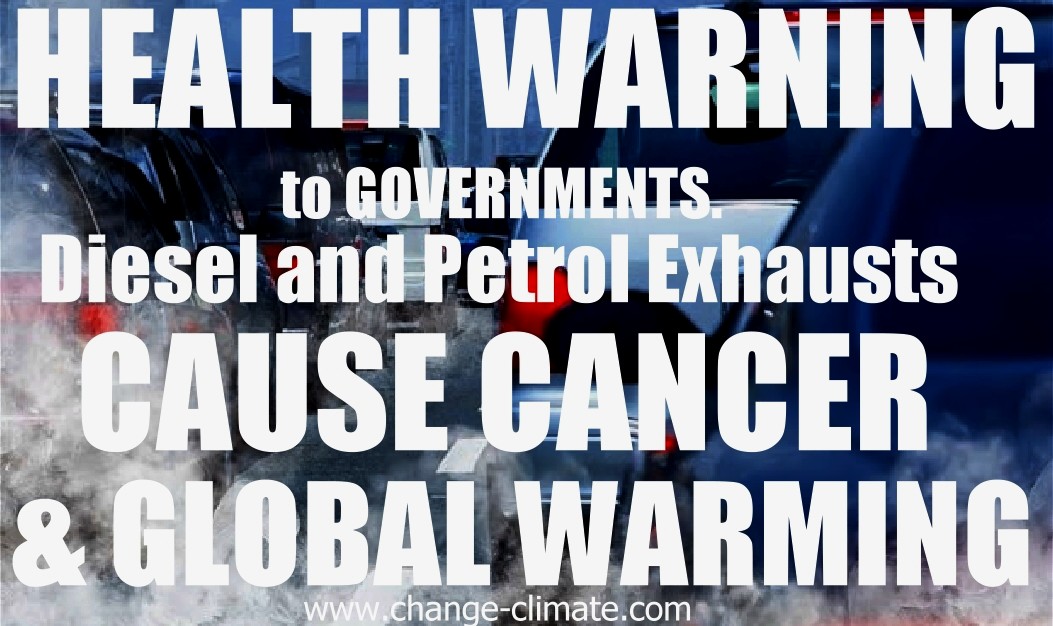
HORIZON
2020 - TRANSPORT RESEARCH & INNOVATION
Horizon
2020 is the
European Commission’s proposal to generate ideas, growth and jobs through the world’s largest collaborative programme for research and innovation (2014-2020).
In the transport sector, the Commission will strive for a balanced approach in implementing the programme that takes into account the specifics of each mode (rail, road, waterborne and air transport) while remaining holistic; an approach which reconciles competitiveness with sustainability and which invests both in technology and in relevant socio-economic research.
The four main priorities for
transport research under Horizon 2020 are:
1. Making transport more sustainable: resource-efficient transport that respects the environment.
2. Making transport and transport systems seamless: better mobility, less congestion, greater safety and security.
3.
Keeping transport competitive: the European transport industry as a global leader.
4.
Making transport research responsive: socio-economic research and forward-looking activities for policy-making.
Work carried out in the framework of the Strategic Transport Technology Plan (STTP) will contribute to focusing the transport European research and innovation activities through Horizon 2020.
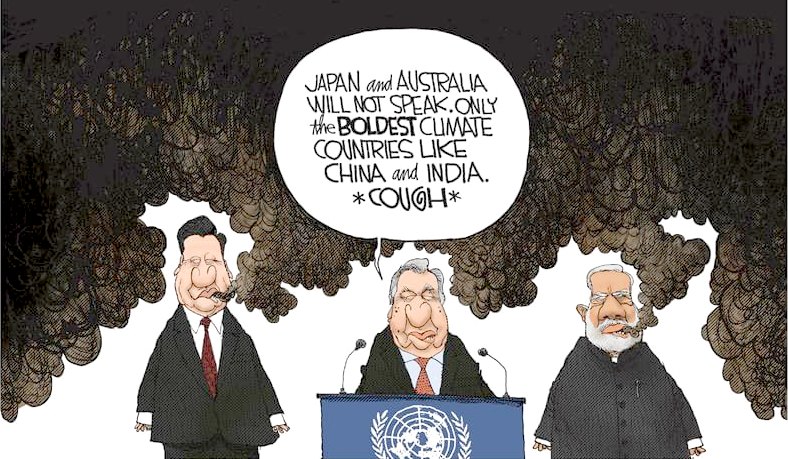
ECOSTAR
DC50 LINKS A-Z INDEX
EXTERNAL
LINKS & REFERENCE
http://www.ted.com/talks/shai_agassi_on_electric_cars.html
http://en.wikipedia.org/wiki/Shai_Agassi
http://www.greenway.sk/en/o-projekte-greenway
http://www.morganstanley.com/
http://qz.com/88871/better-place-shai-agassi-swappable-electric-car-batteries/
http://www.nytimes.com/2009/02/09/business/09electric.html?_r=1&scp=3&sq=electric%20cars&st=cse
http://www.betterplace.com/the-solution-switch-stations
http://forums.industryweek.com/showthread.php?t=2209
http://cordis.europa.eu/fp7/ideas
http://ec.europa.eu/programmes/horizon2020/en/
http://ec.europa.eu/transport/themes/research/horizon2020_en.htm
http://www.agnimotors.com/site/
http://www.engadget.com/2012/11/13/mclaren-to-supply-ev-groundwork-for-formula-e-cars/
http://ibnlive.in.com/news/bernie-ecclestone-laughs-off-formula-e-comparisons/302635-5-24.html
http://www.wired.com/autopia/2012/09/formula-e/
http://www.telegraph.co.uk/finance/The-electric-cars-of-the-future.html
http://www.greencardesign.com/site/galleries/racing-drayson-b1269ev


 Intelligent
Battery Support System
Intelligent
Battery Support System 
THE
BLUE BIRDS OF HAPPINESS
|












